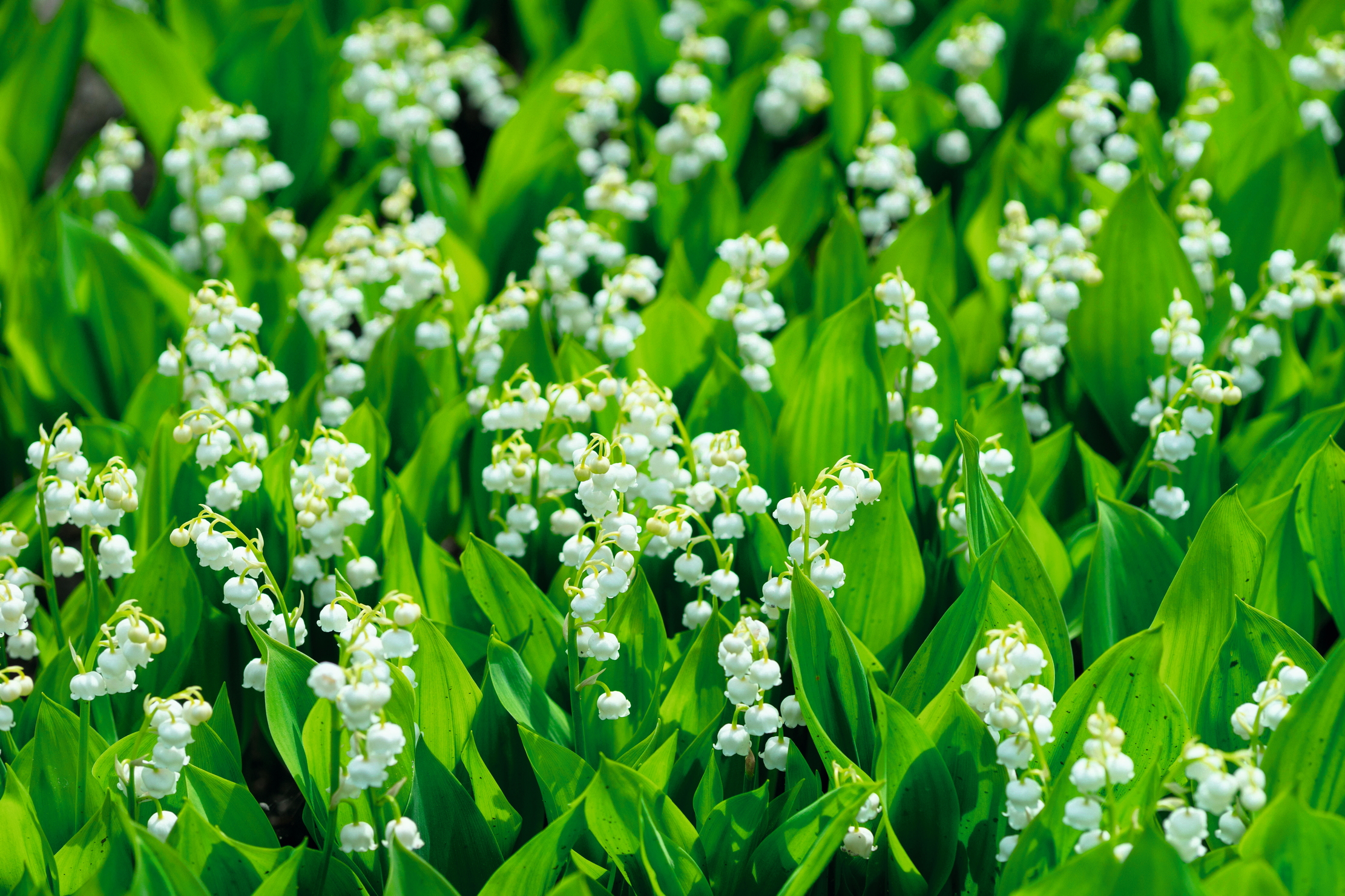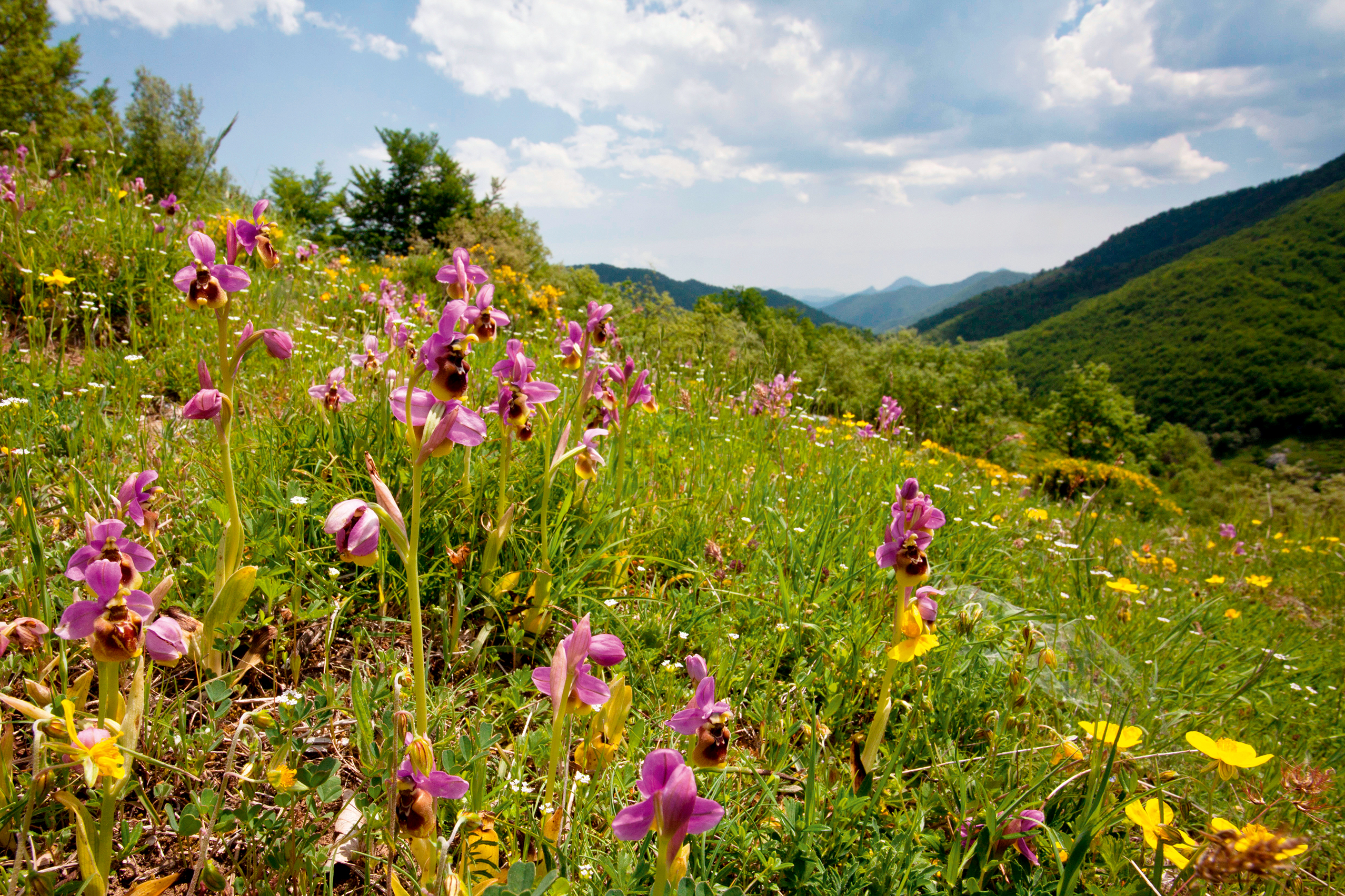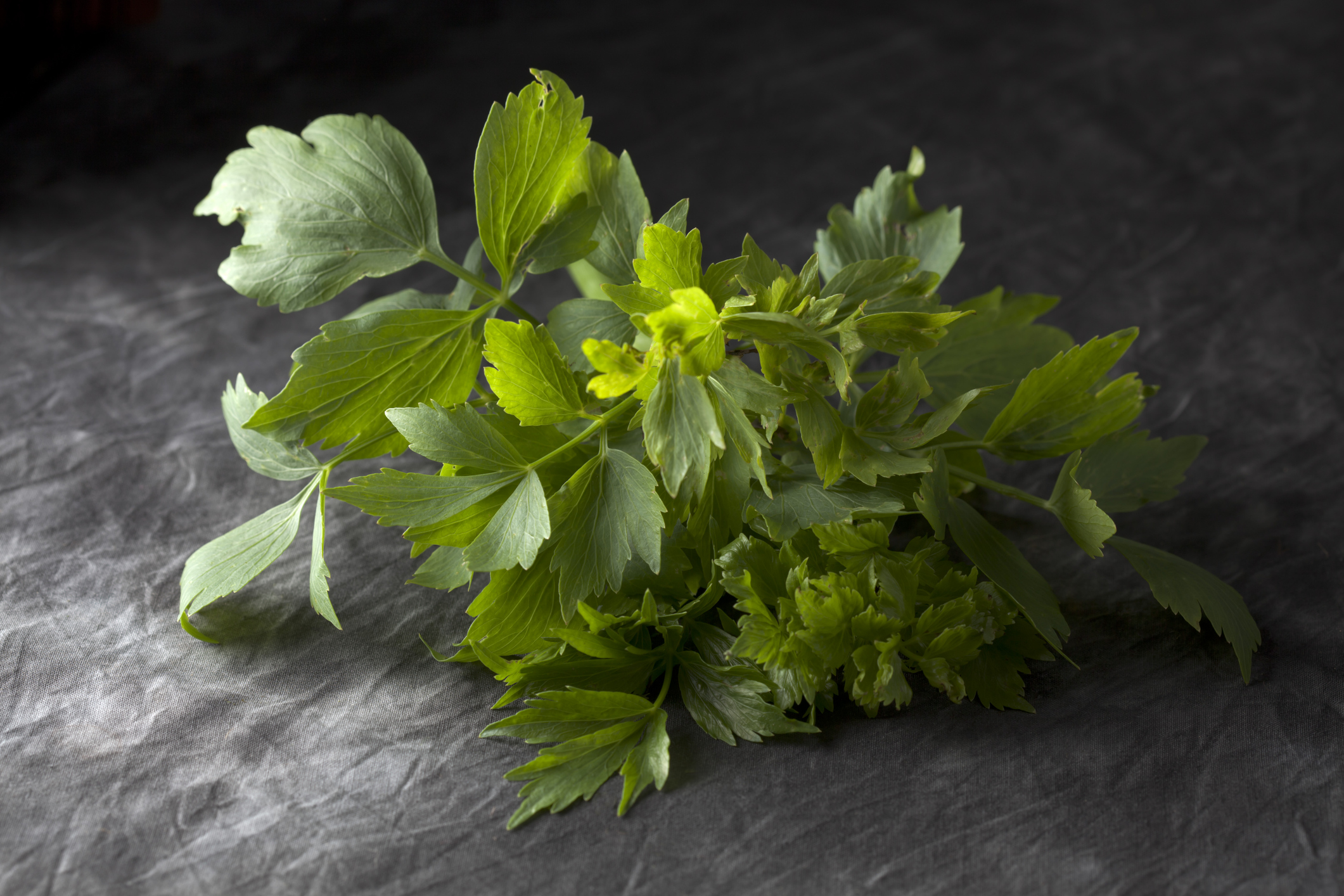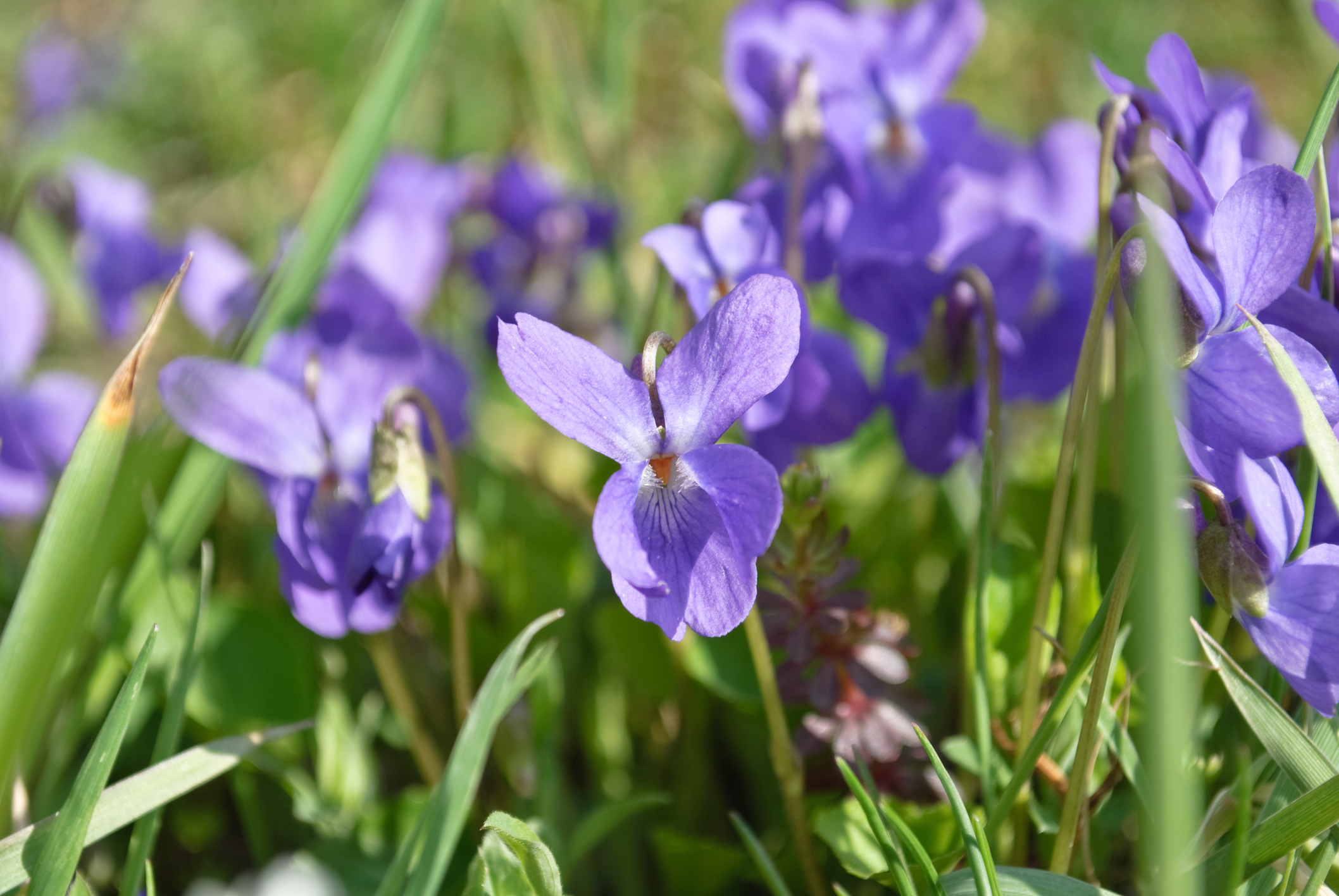The poisonous plant that can 'run riot' in your garden, was a favourite of Elizabeth II and is more beautiful than a rose
Lily of the valley has a long history of royal connections, as well as being the ideal flower for expressions of love.


After much speculation as to what might be the favourite flower of Elizabeth II, the truth was revealed at the RHS Chelsea Flower Show in 2019. Her Majesty confided that the honour went to lily of the valley. Apart from the fact that it was included in her coronation bouquet in 1953, it is not at all difficult to see why lily of the valley wove its way into the late Queen’s heart. It has, after all, a certain modesty about its person. The flowers are nodding and seemingly rather shy — not flamboyant like others of the lily family — and they are possessed of the most glorious scent.
Not that our late Queen was the only monarch to be associated with Convallaria majalis, nor the first. That distinction belongs to Charles IX of France, who, on May 1 in 1560 or 1561 (recollections may vary), was presented with a nosegay of lily of the valley to bring him luck. The King took it as an omen and, thereafter, every May Day, he would present small bunches of muguet to every lady of the court.
To this day, in France, May Day is Fête du Muguet, when small bunches of this succulent-leaved groundcover plant are presented by lovers to their innamorato.
My own first encounter with them took place in our Yorkshire back garden in the 1950s, where a patch of them grew in poor soil alongside a privet hedge. The emerging flower spikes would be picked by my mum and popped into a jar in the kitchen, where their fragrance was a pleasant distraction from the smells of cooking. I have loved them ever since.
'It will either run riot and spread rapidly, or shrug and decide your spot is not for them'
The leaves emerge in early spring from a network of little rhizomes. We call the ivory, purple-tinged buds that push up ‘pips’. They flower in their second year and there is a healthy trade in their cultivation, particularly in Germany, where much of the stock to provide the French with their millions of May Day bunches is established. Maiglöckchen — May bells — the Germans call them.
In British gardens, lily of the valley can be a bit temperamental: it will either run riot and spread rapidly, necessitating some form of restraint, or it will shrug and decide your spot is not for them. It is reputed to prefer that thing that, in reality, is quite rare: ‘Soil that is moisture retentive, yet well drained.’
When we were first married, they grew happily in a narrow, dust-dry border right alongside the house. When I was a boy, the privet hedge sucked most of the moisture and nutrition from the soil and they really did not seem to mind. I suspect they hate waterlogging, but, other than that, they are relatively undemanding, although they do prefer dappled shade to scorching sun. They make great groundcover between shrubs, which offer them the shady conditions they enjoy.
Exquisite houses, the beauty of Nature, and how to get the most from your life, straight to your inbox.
Plant the ‘pips’ and their roots 4in deep and 8in apart, having first soaked them in water for a few hours. They’ll enjoy a bit of organic enrichment, although I’d hold fire on the barrow loads of horse manure. April planting is a good idea, although, by now, the plants will be showing some growth. If you obtain plants earlier, start them off in pots, rather than committing them to cold, wet earth.
Every part of the plant is poisonous, so wash your hands after handling a bunch of flowers and don’t let dogs have a nibble.
The 9in-high arching spires of flower will appear among the fresh green leaves in May and June and the plants are, if such is not clear already, reliably perennial. As well as the plain green-leafed kind, I have a variety with leaves that are striped with neat lines of clear yellow — the most elegant and attractive of variegations. You’ll find it listed as either Convallaria majalis ‘Variegata’ or ‘Albostriata’. In some strains, the variegation is unreliably permanent, but mine seem pretty stable.
In a world where red roses are usually considered the most romantic of flowers to be presented to a loved one, it seems to me that the accolade more appropriately belongs to lily of the valley. Your typical bunch of red roses — invariably lacking in scent — will likely as not have been grown in Kenya, Ecuador and Colombia and shipped, at no small cost in terms of its carbon footprint, to our shores. Lily of the valley, on the other hand, is a European native grown much closer to home. This May Day, take a hint from Elizabeth II and Charles IX of France and spread the love.

'Within a month, one was eaten by a tiger, one was burned alive, five disappeared and the sole survivor emerged with 7,000 specimens': The unique passion engendered by orchids
Charles Quest-Ritson admits that he never fell for orchids the way he has for roses — but the devotion they inspire is

When sheds become art: The 'mini temples' that stand proud on 200-year-old allotments
Arthur Parkinson marvels at the spectacular sheds of Stoney Road Allotments.

How to grow lovage — and the reasons why you'd want to bother
Our grow-your-own expert Mark Diacono takes a look at the lovely uses for lovage.

The expert guide to growing violets, by the fifth-generation nursery owner who's devoted a lifetime to them
Groves Nursery in Bridport, Dorset, has been breeding violets since 1866 and, today, holds a National Collection, as well as
Alan Titchmarsh is a gardener, writer, novelist and broadcaster.
-
 What on earth is the person who comes up with Annabel's otherworldly facade displays on? London's most magical Christmas shop displays
What on earth is the person who comes up with Annabel's otherworldly facade displays on? London's most magical Christmas shop displaysPhotographs by Greg Funnell.
-
 What trees taught me about perfect planting — Alan Titchmarsh
What trees taught me about perfect planting — Alan TitchmarshSense and patience is key to growing healthy trees, as a certain Mr Mackenzie showed a young Alan Titchmarsh
